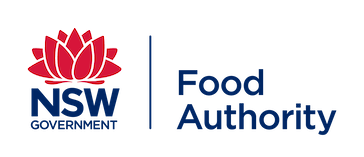FAQ: Broken Bay toxic algal bloom
The NSW Food Authority has advised recreational fishers to avoid eating shellfish collected or caught in the Broken Bay area due to the risk of paralytic shellfish poisoning (PSP) from a localised toxic algal bloom.
Seafood in shops and restaurants is safe to eat
The NSW Food Authority monitors the safety of commercially harvested shellfish.
Commercial shellfish harvest areas are routinely tested and the causative algae and associated toxin has not been identified above alert levels in recent testing in any commercial harvest areas.
The NSW Government strongly encourages everyone to continue eating fresh local seafood.
The current warning is only for recreational fishers not to consume shellfish that they collect themselves in the affected area.
What areas are affected?
The algal bloom is limited to Broken Bay, upstream to Cowan Creek and the coastal zone between Little Beach (Bouddi) and Bangalley Headland through to Pittwater. This is not a commercial shellfish harvest area.
Signage advising recreational fishers of the algal bloom is being placed at boat ramps in the area, advising fishers to avoid collecting and eating shellfish from the area.
What is PSP?
Paralytic shellfish poisoning is rare. It is caused by a naturally occurring marine biotoxin that is produced by some species of microscopic algae. Marine animals such as shellfish eat these algae and can retain the toxin. People can become ill from eating seafood contaminated with the biotoxin. This includes any shellfish or bivalves, such as mussels and oysters, and the guts of crabs and lobsters.
Bloom of algae in our oceans and estuaries can be more frequent during the warmer months of spring and summer.
What are the symptoms of PSP?
Symptoms usually appear within 10 minutes to 3 hours of eating. Anyone experiencing the following symptoms after eating seafood from or near the affected area should seek medical attention.
Symptoms include:
- numbness and a tingling (prickly feeling) around the mouth, face, and extremities (hands and feet)
- difficulty swallowing or breathing
- dizziness and headache
- nausea and vomiting
- diarrhoea
More information
More information and advice on the recreational harvest of seafood can be found on the NSW Food Authority website at Recreational harvest of seafood
